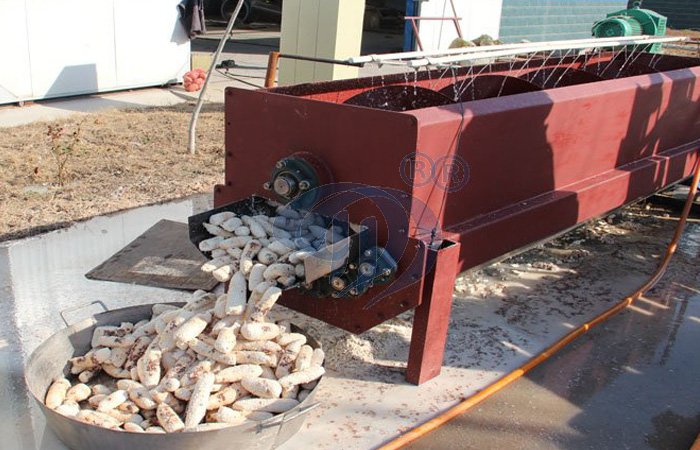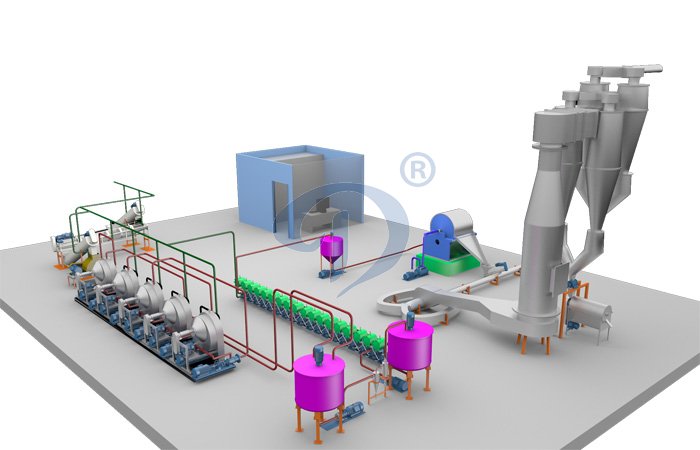Cassava consumption in Africa

Cassava washing and peeling machine
Cassava production in Africa is used almost exclusively for consumption as food. In fact, 95 percent of the total cassava production, after accounting for waste, was used as food in Africa in the late 1990s14 In Africa, total cassava consumption more than doubled from 24 million tonnes per year in the early 1960s to 58 million tonnes per year in the late 1990s (FAOSTAT). The large increase in the total cassava consumption in Africa is due to a significant increase in per capita consumption in countries such as Ghana and Nigeria where cassava is produced as a cash crop for urban consumption. The availability of cassava in a convenient food form, such as gari, played a major role in the increase in the per capita cassava consumption in Ghana and Nigeria. Future increases in cassava consumption in other African countries will depend on how well cassava is prepared into food forms, which make an alternative to wheat, rice, maize and sorghum to urban consumers.
Cassava roots are the single largest source of calories in seven African countries having 40 percent of the population in the late 1990s'15 . In these seven countries, cassava contributed an average of nearly 600 calories per person per day. In another 11 countries with about 25 percent of Africa's population, cassava was the second largest source of calories16 . In those countries, cassava provided more than 300 calories per person per day in the late 1990s (FAOSTAT). Thus, in Africa, cassava roots are an important source of calories for about 65 percent of the total population.

Cassava starch processing machine
These averages underestimate the importance of cassava in specific countries. In the Congo, for example, many families eat cassava for breakfast, lunch and dinner. In the Congo, cassava contributed over 1 000 calories per person per day or about 55 percent of the average daily calorie intake in the late 1990s (FAOSTAT). Cassava leaves are widely consumed as a vegetable in several places where cassava is grown such as in the Congo and Tanzania. Since cassava leaves are rich in protein, vitamins A and C and some minerals (iron and calcium) (Latham, 1979, p. 172) they partially compensate for, the shortage of these nutrients in the roots.
Cassava was found to be the cheapest source of calories among all food crops in each of the six study countries. As family incomes increased, the consumption of cassava as dried root flour declined while consumption in convenient food forms such as gari increased. Dried cassava root flour is cheaper than gari because of the high cost of processing gari. Medium and high income families were found to consume gari because it is cheaper and more convenient to cook than grains. The future of cassava as a rural and urban food staple will depend on cassava's ability to compete with wheat, rice, maize, sorghum and other grains in terms of cost, convenience and availability in urban markets. Cassava can retain its competitive edge only through investments in labour-saving production, harvesting and processing technologies.
Our company could supply the complete cassava starch plant, the cassava flour processing plant, garri processing plant, as well as the cassava chips plant.
PREV:What is the main ways of cassava products consumption?
NEXT:What are the expanding of cassava used for food manufacturing?




